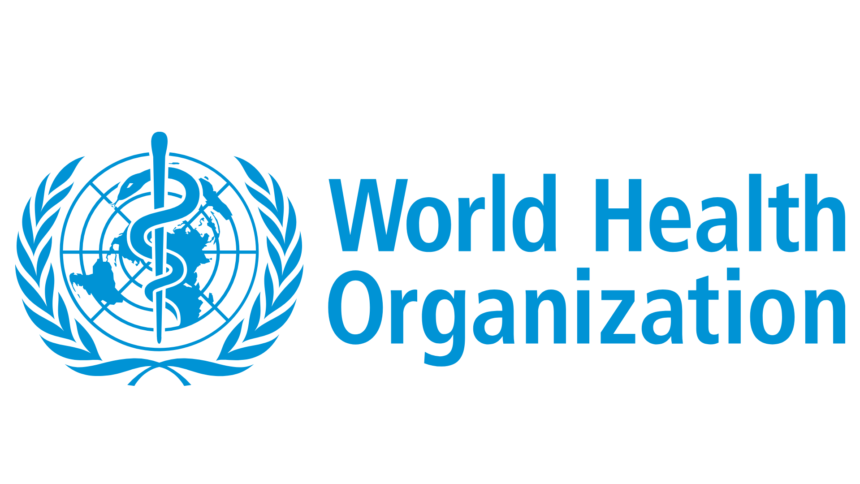New Delhi || 01-11-2024 It has been over a month since the declaration of the Marburg Virus Disease(MVD) outbreak in Rwanda on 27 September 2024. As of 31 October 2024, 66 confirmed cases, including 15 deaths, have been reported including two new confirmed cases since the previous Disease Outbreak report.
MVD is a highly virulent disease that can cause haemorrhagic fever and is clinically similar to Ebola virus disease. Marburg and Ebola viruses are both members of the Filoviridae family (filovirus).
People are infected with Marburg Virus when they come into close contact with Rousettus bats, a type of fruit bat, that can carry the Marburg Virus and are often found in mines or caves. Marburg Virus then spreads between people via direct contact.
Health workers have previously been infected while treating patients with suspected or confirmed MVD. Burial ceremonies that involve direct contact with the body of the deceased can also contribute to the transmission of Marburg virus.
The incubation period varies from two to 21 days. Illness caused by Marburg virus begins abruptly, with high fever, severe headache and severe malaise. Severe watery diarrhoea, abdominal pain and cramping, nausea and vomiting can begin on the third day.
In fatal cases, death occurs most often between eight and nine days after symptom onset, usually preceded by severe blood loss and shock.
There is currently no approved treatment or vaccine for MVD. Some candidate vaccines and therapeutics are currently under investigation.
WHO continues to support the Government of Rwanda in responding to the outbreak. Enhanced surveillance, contact tracing and infection prevention and control measures must be maintained until the outbreak is declared over.






